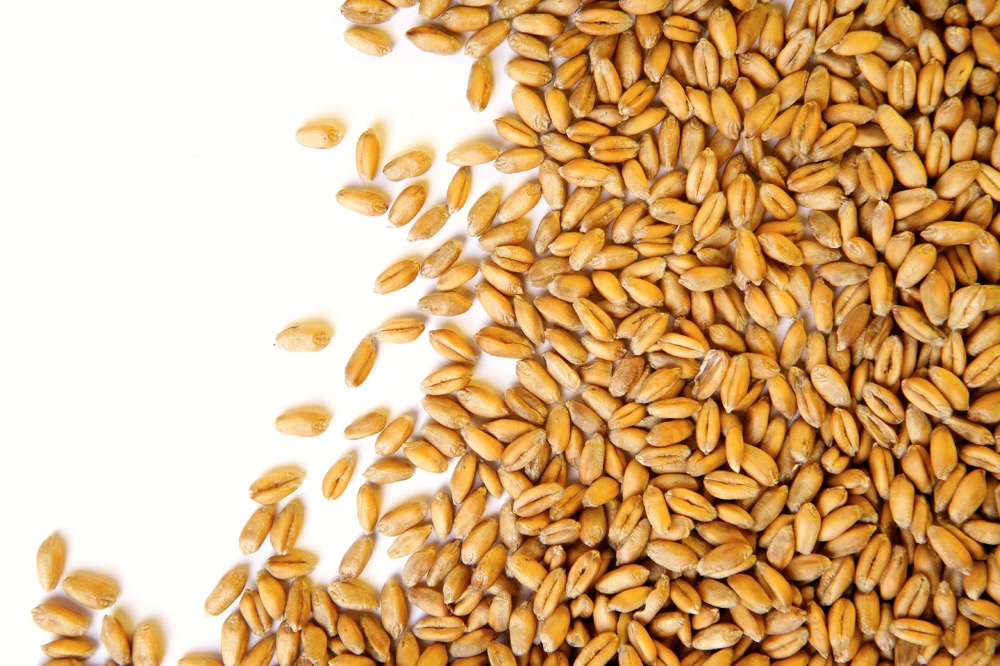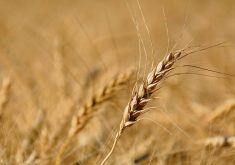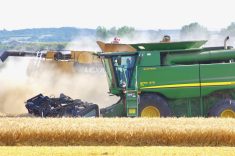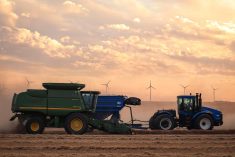Glacier FarmMedia | MarketsFarm – The harvest in Saskatchewan advanced 13 points for the week ended Sept. 16, at 74 per cent complete, despite rain in some parts of the province. The pace of combining was eight points behind this time last year, but 11 ahead of the five-year average.
The Saskatchewan agriculture department said the southwest region was furthest along at 95 per cent finished, with the southeast at 77 per cent, while the east-central, west-central and northwest reached 63 per cent, and the northeast was at 58 per cent.
Of the crops still being combined, lentils were almost finished at 98 per cent, durum at 93 percent and mustard at 90 per cent. Chickpeas were coming along at 89 per cent, barley at 88 per cent, spring wheat at 81 per cent and oats at 73 per cent. Further back were canaryseed at 49 per cent done, canola at 47 per cent, flax at 33 per cent and soybeans at 25 per cent.
Read Also

IGC raises 2025/26 world wheat crop forecast
The International Grains Council has raised its forecast for 2025/26 global wheat production with crop outlooks upgraded for Russia, the United States and Argentina.
The combining of Saskatchewan’s field peas, triticale and winter wheat was over, with a small amount of fall rye left.
Although rain delayed field operations to some extent, the moisture was needed, the crop report said.
Topsoil moisture levels were reported at one per cent surplus, 41 per cent adequate, 37 per cent short and 21 per cent very short. As for hayland topsoil, it was 36 per cent adequate, 39 per cent short and 25 per cent very short. Pasture topsoil rated 26 per cent adequate, 39 per cent short and 34 per cent very short.
The report noted wind and waterfowl caused the most crop damage during the week, with grasshoppers continuing to be an issue. The risk for fires was still serious, with the report encouraging farmers to be careful.












